Current events
Next talk on Tuesday in 3 days by Roxana Anghel.
News 11.11.2025
New publication: Tailoring Phonon Polaritons in hBN with the Plasmonic Phase-Change Material In3SbTe2
Site Content:
22.12.2023
Season's Greetings from the 2D Materials and Quantum Devices Group

As the festive season approaches, we at the 2D Materials and Quantum Devices Group would like to extend our warmest wishes to all for a Merry Christmas and a Happy New Year.

14.12.2023
New publication: Hyperspectral photoluminescence and reflectance microscopy of 2D materials
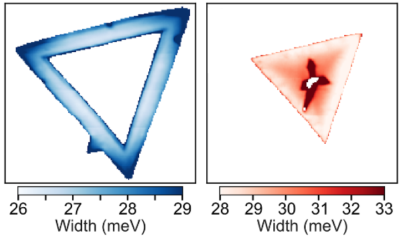
Meas. Sci. Technol. 24, 035501 (2023) Optical micro-spectroscopy is an invaluable tool for studying and characterizing samples ranging from classical semiconductors to low-dimensional materials and heterostructures. To date, most implementations are based on point-scanning techniques, which are flexible and reliable, but slow. Here, we describe a setup for highly parallel acquisition of hyperspectral reflection and photoluminescence (PL) microscope images using a push-broom technique. Spatial as well as spectral distortions are characterized and their digital corrections are presented. We demonstrate close- to diffraction-limited spatial imaging performance and a spectral resolution limited by the spectrograph. The capabilities of the setup are demonstrated by recording a hyperspectral PL map of a MoSe2–WSe2 lateral heterostructure, grown by chemical vapor deposition (CVD), from which we extract the luminescence energies, intensities and peak widths across the interface.

04.12.2023
New publication: Coherent charge oscillations in a bilayer graphene double quantum dot
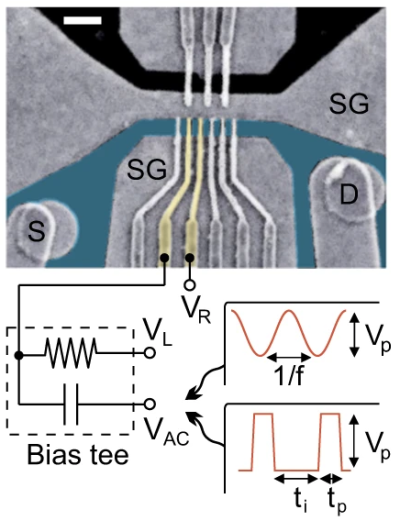
Nat. Commun. 14, 7911 (2023) The coherent dynamics of a quantum mechanical two-level system passing through an anti-crossing of two energy levels can give rise to Landau-Zener-Stückelberg-Majorana (LZSM) interference. LZSM interference spectroscopy has proven to be a fruitful tool to investigate charge noise and charge decoherence in semiconductor quantum dots (QDs). Recently, bilayer graphene has developed as a promising platform to host highly tunable QDs potentially useful for hosting spin and valley qubits. So far, in this system no coherent oscillations have been observed and little is known about charge noise in this material. Here, we report coherent charge oscillations and T2* charge decoherence times in a bilayer graphene double QD. The charge decoherence times are measured independently using LZSM interference and photon assisted tunneling. Both techniques yield T2* average values in the range of 400–500 ps. The observation of charge coherence allows to study the origin and spectral distribution of charge noise in future experiments.

24.11.2023
Luca Banszerus receives the Friedrich Wilhelm Prize 2023
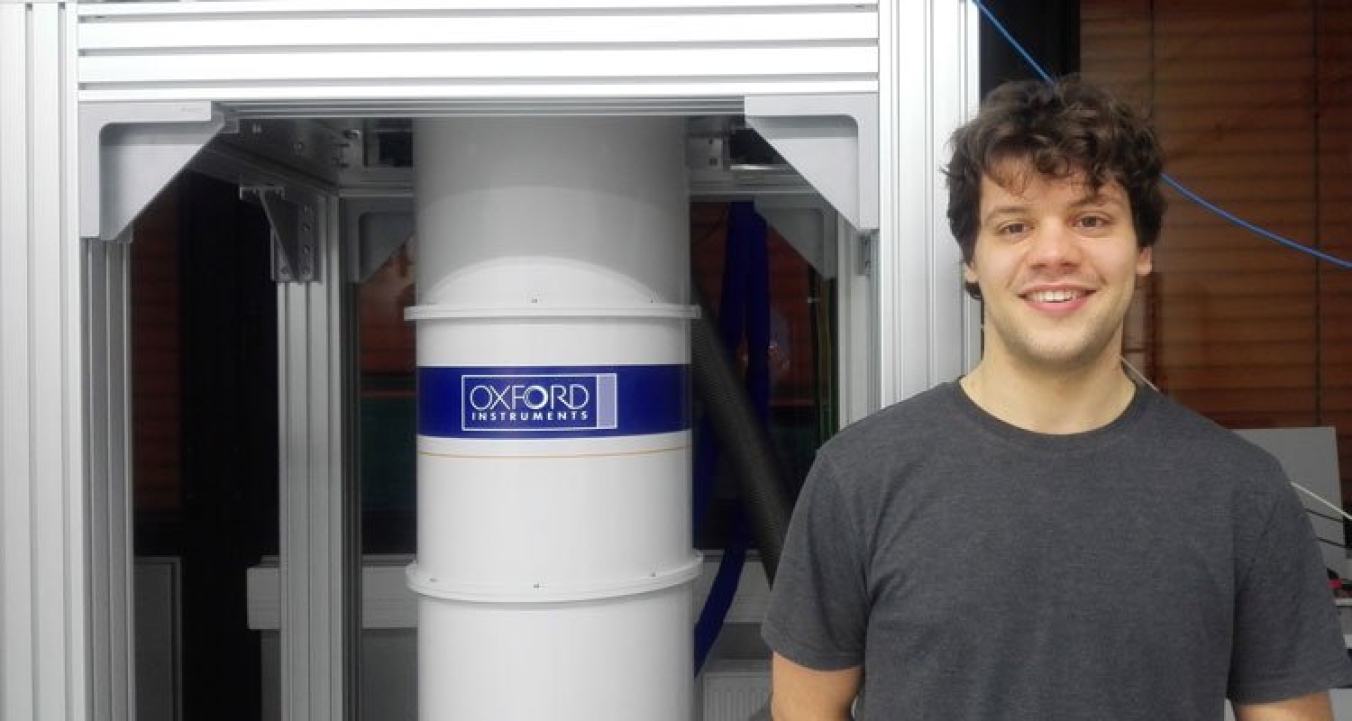
At a ceremony, 18 students and doctoral candidates were honoured with the Friedrich Wilhelm Prize 2023 for their outstanding achievements. Among them were nine Master's students and nine doctoral students, including Luca Banszerus. Congratulations! The Friedrich Wilhelm Prize 2023 was awarded to Lukas Grunwald M. Sc., Michel Virgil Heinz M. Sc., Dominik Steden M. Sc., Lukas Frenzel M. Sc., Nico Dirkes M. Sc., Mathias Krämer M. Sc., Abdullah Tokmak M. Sc., Devi Janani Ramesh M. Sc, Natalja Stojanović M. Sc, Dr rer. nat. Luca Felix Banszerus, Dr Felix Martin, Dr Abedulgader Baktheer, Dr Lukas Konstantin Willi Berger, Dr Jannik Burre, Dr rer. pol. Christina Diana Florence Dienhart, Dr rer. pol. Nicole Janine Hartwich, Dr rer. medic. Cláudia Régio Brambilla and Dr rer. Medic. Yaoxian Xu. Support for research and teaching The Friedrich Wilhelm Prizes are awarded by the foundation of the same name, which was established in 1865 by the legal predecessor of today's Aachener und Münchener Beteiligungsgesellschaft. Its main aim is to promote research and teaching and to support students and academics at RWTH Aachen University. The name of the foundation goes back to the Prussian Crown Prince and later Emperor Friedrich Wilhelm III. In 1858, he received a donation of 5,000 thalers from the Aachener und Münchener Feuerversicherungs-Gesellschaft for the establishment of a polytechnic institute in the Rhine province. This donation formed the basis for the later Friedrich Wilhelm Foundation, which in turn laid the foundation for the RWTH Aachen University.

22.11.2023
New publication: Tuning the supercurrent distribution in parallel ballistic graphene Josephson junctions
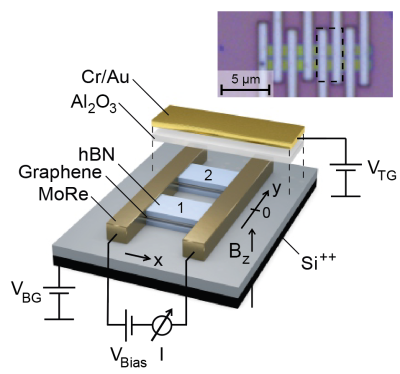
Phys. Rev. Applied 20, 054049 (2023) We report on a ballistic and fully tunable Josephson-junction system consisting of two parallel ribbons of graphene in contact with superconducting molybdenum-rhenium. By electrostatic gating of the two individual graphene ribbons, we gain control over the real-space distribution of the superconducting current density, which can be continuously tuned between the two ribbons. We extract the respective gate-dependent spatial distributions of the real-space current density by employing Fourier and Hilbert transformations of the magnetic-field-induced modulation of the critical current. This approach is fast and does not rely on a symmetric current profile. It is therefore a universally applicable tool, potentially useful for carefully adjusting Josephson junctions.

13.10.2023
Victory at "Schlag den Prof" Event by the jDPG – Congratulations to the professors

Fantastic victory by the professors at the recent "Schlag den Prof" event organized by the jDPG. Last night, Professors Lutz Feld, Philipp Mertsch and Christoph Stampfer, standing from right to left, won the prestigious Schlag den Prof Challenge Trophy. Congratulations!

26.09.2023
New publication: Das Labor im Miniformat
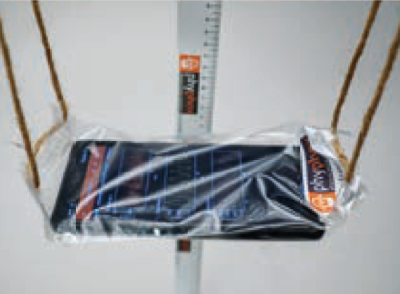
Physik Journal 9, 75 (2023) Die an der RWTH Aachen entwickelte App phyphox hat seit ihrer Veröffentlichung im Herbst 2016 vielerorts Einzug in die Lehre in Schulen und Hochschulen gehalten. Sie ist vor allem als kostenfreies „alternatives“ Messgerät bekannt, da sie die in Smartphones und Tablets verbauten Sensoren für Physikexperimente nutzbar macht. Die Möglichkeiten der App gehen jedoch weit über den Einsatz als Messgerät hinaus.

20.09.2023
New publication: Impact of competing energy scales on the shell-filling sequence in elliptic bilayer graphene quantum dots
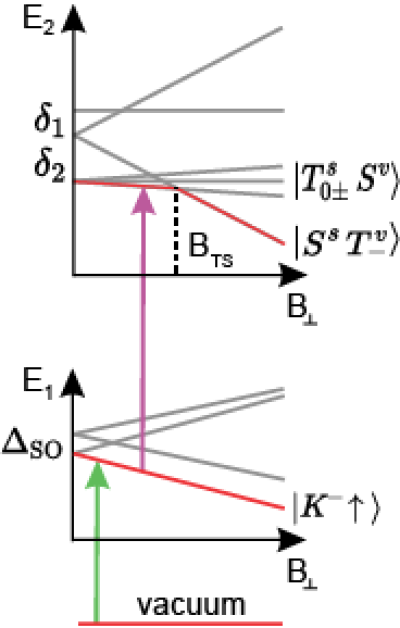
Phys. Rev. B 108, 125128 (2023) We report on a detailed investigation of the shell-filling sequence in electrostatically defined elliptic bilayer graphene quantum dots (QDs) in the regime of low charge carrier occupation, N≤12, by means of magnetotransport spectroscopy and numerical calculations. We show the necessity of including both short-range electron-electron interaction and wave-function-dependent valley g-factors for understanding the overall fourfold shell-filling sequence. These factors lead to an additional energy splitting at half filling of each orbital state and different energy shifts in out-of-plane magnetic fields. Analysis of 31 different bilayer graphene (BLG) QDs reveals that both valley g-factor and electron-electron interaction-induced energy splitting increase with decreasing QD size, validating theory. However, we find that the electrostatic charging energy of such gate-defined QDs does not correlate consistently with their size, indicating complex electrostatics. These findings offer significant insights for future BLG QD devices and circuit designs.

